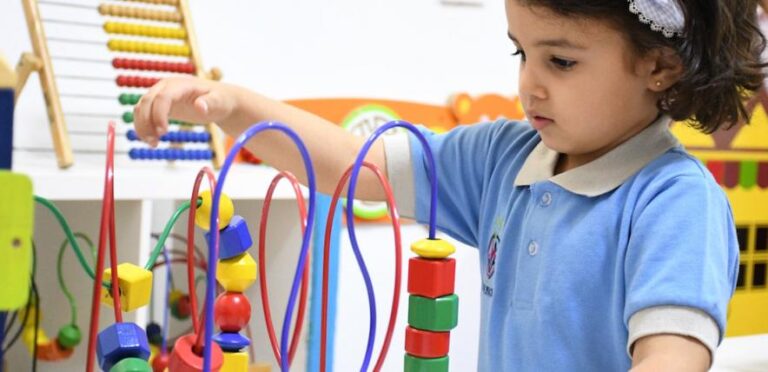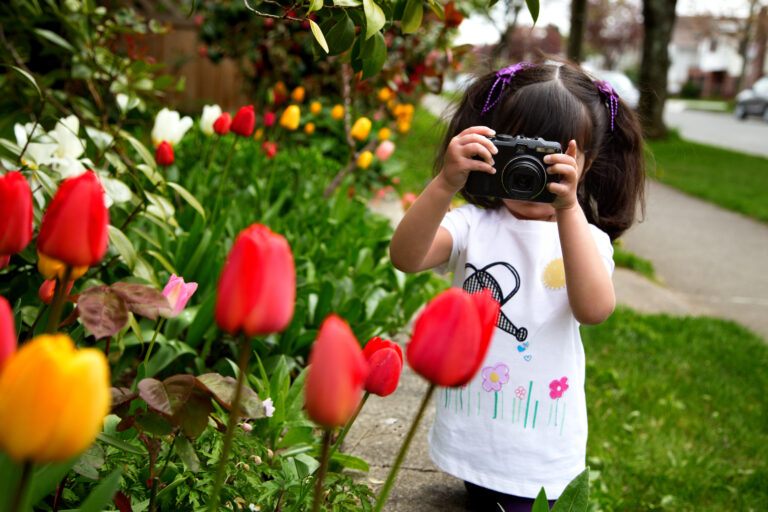Many of us have spent childhood days idly picking daisies and peeling off one petal at a time, while reciting ‘they love me, they love me not’ — and enjoying the anticipation of what the last petal would reveal!
As parents we can pass on these simple past times to our children and help them not only reconnect with nature but also enjoy the simple things in life.
Wildflower fun
Buttercups
Many of the activities involving wildflowers, like dandelions, buttercups and daisies, will be spontaneous and informal. For example, if you are at a park, having a picnic, and you are surrounded by these wildflowers, you may like to introduce you child to the buttercup by picking one, holding it near their chin and saying, ‘Do you like butter?’ If the yellow of the flower reflects onto their skin, the answer is that your child likes butter. You’ll soon find that every time your child sees this yellow flower, they’ll be picking one and asking their friends and family the same question.
Daisies
Daisies, with their dainty white petals and yellow eyes, make beautiful bracelets and necklaces. They are fiddly for little hands to construct but your child will be fascinated to see the chain taking shape as you use your nail to make a slit in the stem and insert another stem into the slit and carry on until it’s a suitable length. Involve your children by asking them to pick the daisies and encourage them to count them on the way – and even sort them into length order. It’s a fun part of childhood to be decorated with daisy garlands and bracelets – and be wearing a piece of nature.
Clover
The four-leaf clover is a rare variation of the common three-leaf clover. According to superstition, such clovers bring good luck, and it is this tradition that found me and my siblings spending hours hunting for them in my childhood and often coming up with inventive ways to attach an extra petal so we could claim the glory of finding one. Funnily enough, my own children have followed this tradition to the letter.
Dandelion delights
Dandelions are one of the first signs that Spring is on the way. They are designed to be ‘cut and come again’ flowers, explains outdoor learning consultant, Juliet Robertson, so it is one which children can pick and within a few weeks, young shoots will be growing back. Try these activities with these versatile wild flowers:
* Play a game with your child by asking them to create a dandelion trail for someone to follow.
* Make a dandelion chain – this is so much easier than a daisy chain because the stems are hollow. Or try making a dandelion crown.
* Collect and arrange them in containers and jam jars – children will find this activity very satisfying.
* Take off the heads and make patterns and pictures with them, perhaps in the style of Andy Goldsworthy art. Alternatively, dip them in poster paints and make patterns by printing them onto paper
* Eat them — the flowers and leaves are edible. Washed young leaves are a nice addition to any salad and can also be a substitute for spinach in recipes.
* Make potions and petal perfumes with them by crushing the yellow pigment from the flowers; the green from the leaves and the milky sap from the stems.
* After flowering, the dandelion turns white and puffy, and is referred to as a dandelion clock. Children can play a game where they blow the seeds off the clock and the number of seeds left reveals the time. An alternative is to ‘make your dandelion clock last until 12 o’clock’ and see if anyone can manage to make it last for 12 puffs. Or just keep it simple — just let them blow the seeds off and make a wish.
To pick or not to pick?
When it comes to whether or not you should pick wildflowers, Robertson, advises parents to use common sense. ‘If you’re on a lawn in a city park, the grass is going to be cut every few weeks so you shouldn’t worry about picking a daisy or two. And the value of that pays off in terms of the connection the children are making to both the park and nature,’ she adds.
She also says that it’s important for parents to appreciate that the simple things will keep a child occupied. ‘You don’t need a huge amount of knowledge and if you think about pulling petals off a daisy, it can take a long time. It also requires a huge amount of concentration, fine motor skills and if they are playing the game, ‘She loves me, she loves me not’, they are learning about chance and probability.
‘It’s also beneficial having people from different cultures and backgrounds bring their ideas around plants and flowers to the UK. In the Slovak republic, for example, they make dandelion knot crowns, which is a simple weaving system that holds together the dandelions.’
By Nicole Weinstein










